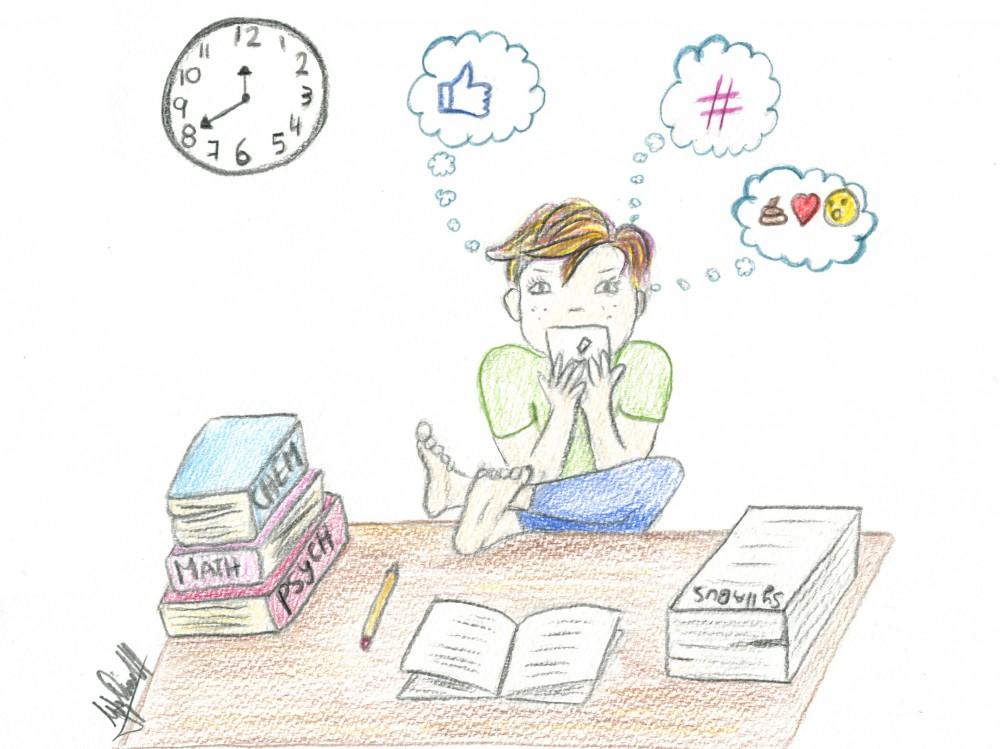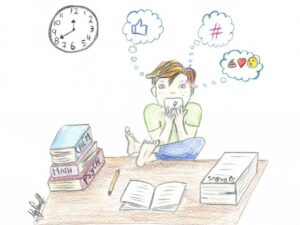Understanding reflections of feeling as a facilitator or teacher.

Understanding reflections of feeling as a facilitator or teacher.
The most basic of all hu- man needs is the need to understand and be understood.
The best way to understand people is to listen to them.
Reflection of feelings is a powerful tool that almost every counselor uses.
It appears on the surface to be a simple skill.
Do not be deceived: it is very difficult to do well and genuinely.
The aim is to practice reflections of feeling until they become reflexive, so that the next time you are sitting with a person in pain, you automatically respond with such a response.
The basic structure of a reflection of feeling is “You feel . . .” filling in the blank with a feeling word that accurately reflects the feeling the student is experiencing at that moment.
After you have mastered the technique, experiment with putting it into your phrasing, such as “You seem. . .”; “It sounds like you are . . .”; or “You are . . .”
The key ingredient is that you must include the feeling word in your observation.
Later you might also add the source of the perceived feeling, “You feel . . . about (or because of) . . .”
Reflection of feeling is one of several perception-checking devices.
- They are used to verify what we think we have heard.
- They develop a crucial helping condition called empathy.
- Empathy (not sympathy) is the ability to communicate to other persons that you are trying to understand what it is like to be them.
- That is why “I know how you feel” is an inadequate response.
- Maybe you know; maybe you don’t.
- Only when you test your hypothesis with a reflection of feeling (“You seem pretty discouraged”) do you prove that you heard what the student has said.
- You are striving for a deeper level of understanding.
- The beauty of a reflection of feeling is that you gain either way.
- If you are accurate in your perception, the student will almost always respond, “Yes,” and then will elaborate.
- They will rarely stop at yes, unless you have raised your tonality at the end of your observation, making your statement into a closed-ended question.
- If you are off in your observation, the student will almost always reply, “Well, no, it’s not so much discouraged [or another feeling] as it is . . . ”, giving you more accurate feedback.
Reflections of feeling are always offered tentatively.
- The goal is to check out what you perceive their feelings to be.
- The fact is that you can never know with absolute certainty what another human being is feeling.
- You can project how you would feel; you can guess how they feel; but you can never know with 100 percent certainty.
- Take the risk of checking out your perceptions.
- As a skilled helper, it is important to listen more to the feelings a student expresses than the surface content.
- People, including students, seldom say all that they mean and seldom mean all that they say.
- It is critical to learn to listen between the lines.
- Sometimes a student may mean exactly the opposite of what he or she says (for example, “I don’t need your help!”).
Also read: The Key to Building Better Brain.
- By listening to students’ feelings, we help them move to a deeper level of understanding than if we focus only on the content, which tends to stay at an intellectual level.
- Students perceive that teachers who listen empathically by using reflections of feeling are more caring.
- Listening to students’ feelings prevents them from bottling up their emotions and ultimately erupting into aggressive and destructive acts.
- Good active listening helps defuse stress and tension.
- There are very practical reasons for using reflections of feeling in working with your students.
- According to David Aspy and Flo Roebuck students of teachers using such active listening skills scored higher on academic achievement tests, attendance, and measures of self-esteem.
- Good listening does make a difference.
Join Enlighten Knowledge WhatsApp platform.
Join Enlighten Knowledge Telegram platform.






As a Newbie, I am continuously searching online for articles that can aid me. Thank you